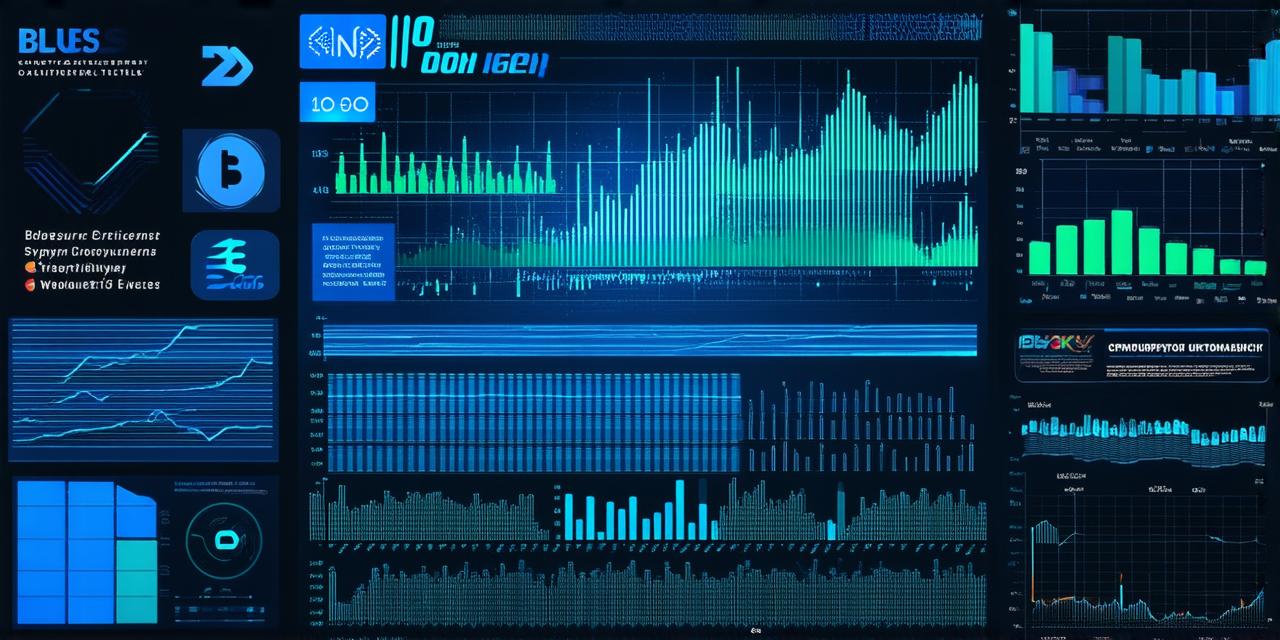In recent years, cryptocurrency has become an increasingly popular topic for investors and traders alike. With the rise of blockchain technology, more people are realizing the potential of digital currencies to change the way we exchange value and conduct transactions.
As a crypto developer, it’s important to stay up-to-date on the latest trends in cryptocurrency development in order to create successful projects.
One of the most exciting trends in cryptocurrency development is the growing popularity of decentralized finance (DeFi). DeFi refers to financial applications that are built on blockchain technology and operate without intermediaries such as banks or other financial institutions. These applications allow users to access a wide range of financial services, including lending, borrowing, trading, and more, all in a secure and transparent way.
One of the key advantages of DeFi is that it allows anyone to participate in the financial system, regardless of location or wealth. This has led to the creation of new opportunities for entrepreneurs and developers, as well as for individuals seeking greater financial freedom. However, it’s important to note that DeFi projects are still in their early stages and are subject to significant risks.
As a developer, it’s crucial to carefully consider the potential risks and rewards before investing in or building DeFi applications.

Another trend in cryptocurrency development is the increasing use of non-fungible tokens (NFTs). NFTs are unique digital assets that can be bought, sold, and traded on blockchain networks. They have gained popularity in recent years thanks to their ability to represent a wide range of items, from artwork to collectibles to real estate.
One example of the use of NFTs is the sale of a piece of digital art by Beeple for $69 million at Christie’s auction house. This event demonstrated the potential of NFTs as a new way to buy and sell valuable items in a secure and transparent way. However, it also raised questions about the long-term sustainability of the NFT market, as well as the role that traditional art galleries and institutions might play in the future.
As a crypto developer, it’s important to stay up-to-date on these trends and understand how they are shaping the industry. This will allow you to create projects that are relevant and valuable to your target audience. It’s also important to remember that cryptocurrency development is a rapidly evolving field, and what might be considered a trend today could quickly become outdated in the future. As such, it’s crucial to continuously learn and adapt as the industry continues to grow and change.
1. What are non-fungible tokens (NFTs)?
NFTs are unique digital assets that can be bought, sold, and traded on blockchain networks. They have gained popularity in recent years thanks to their ability to represent a wide range of items, from artwork to collectibles to real estate.
2. What is decentralized finance (DeFi)?
DeFi refers to financial applications that are built on blockchain technology and operate without intermediaries such as banks or other financial institutions. These applications allow users to access a wide range of financial services, including lending, borrowing, trading, and more, all in a secure and transparent way.
3. What are the risks associated with DeFi projects?
DeFi projects are still in their early stages and are subject to significant risks, such as hacking, smart contract vulnerabilities, and market volatility. As a developer, it’s crucial to carefully consider these risks before investing in or building DeFi applications.
4. How has the use of NFTs impacted traditional art galleries and institutions?
The sale of a piece of digital art by Beeple for $69 million at Christie’s auction house raised questions about the long-term sustainability of the NFT market, as well as the role that traditional art galleries and institutions might play in the future. However, it also demonstrated the potential of NFTs as a new way to buy and sell valuable items in a secure and transparent way.
